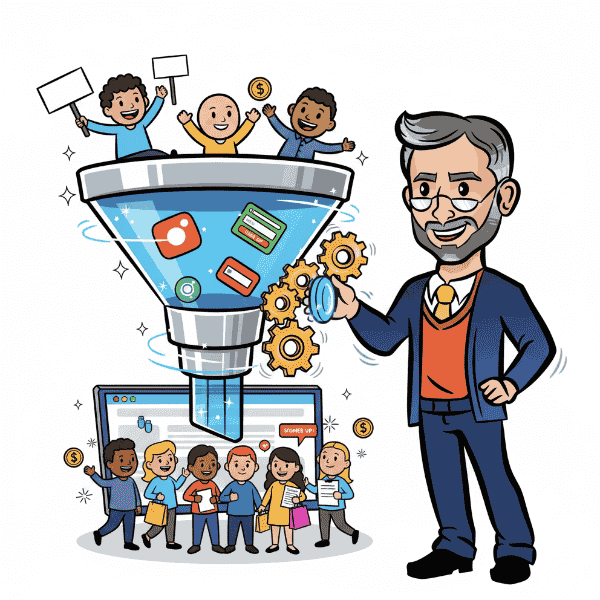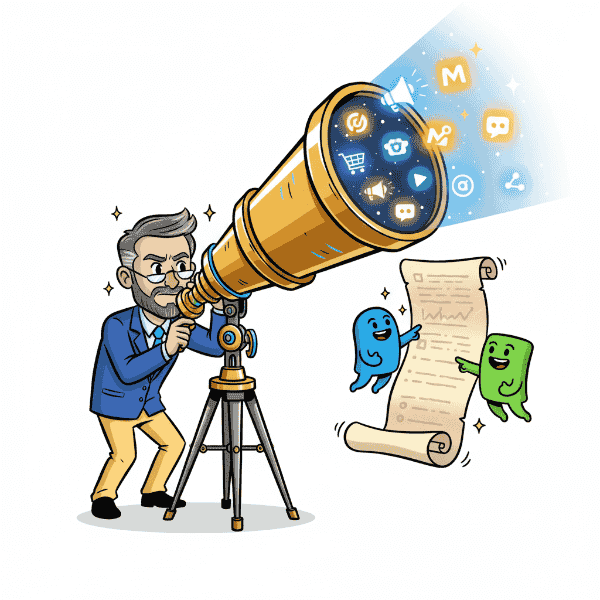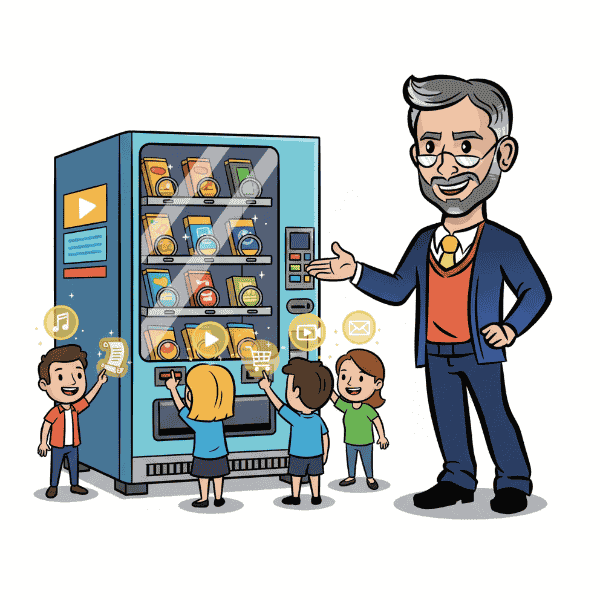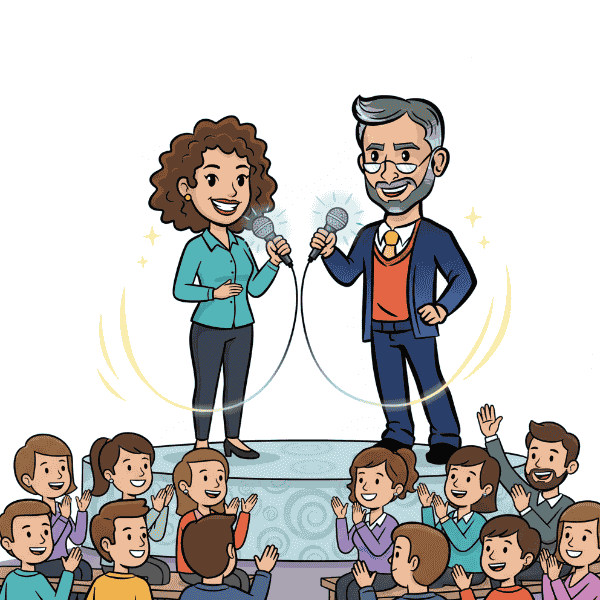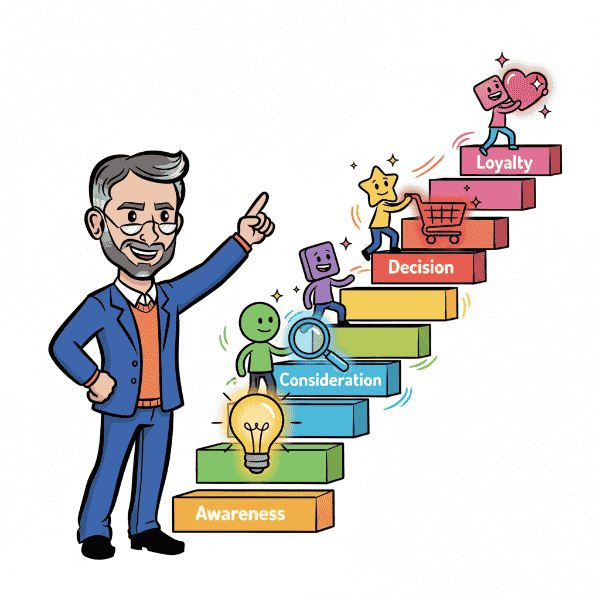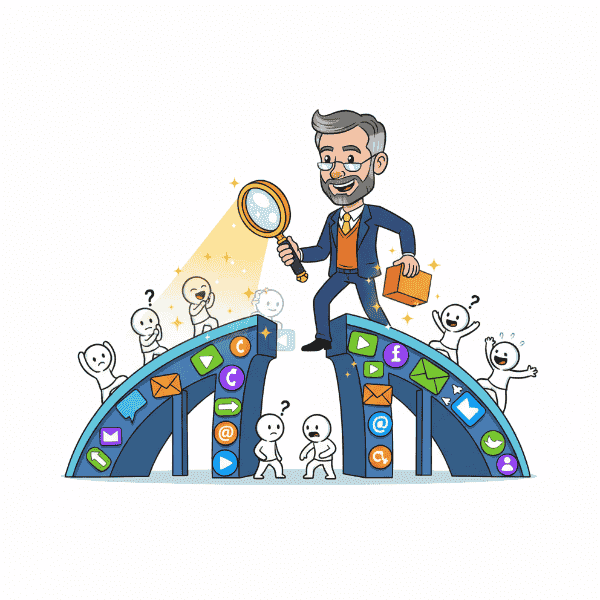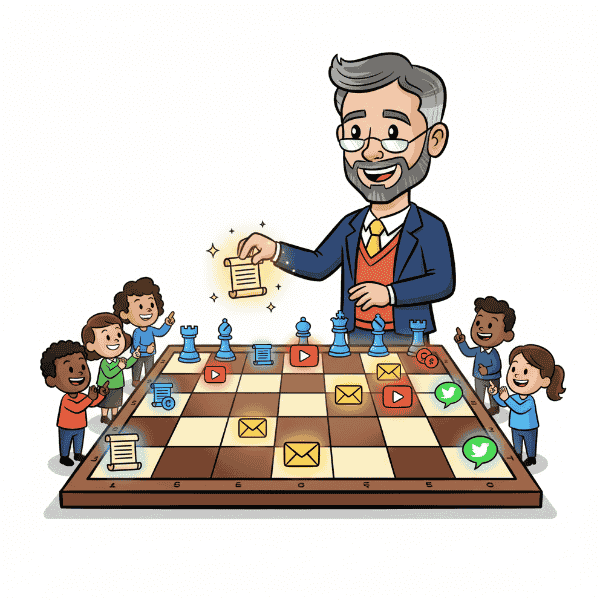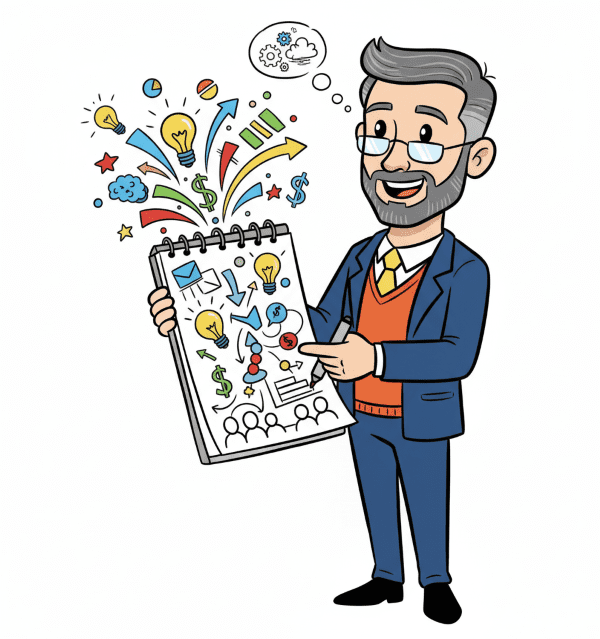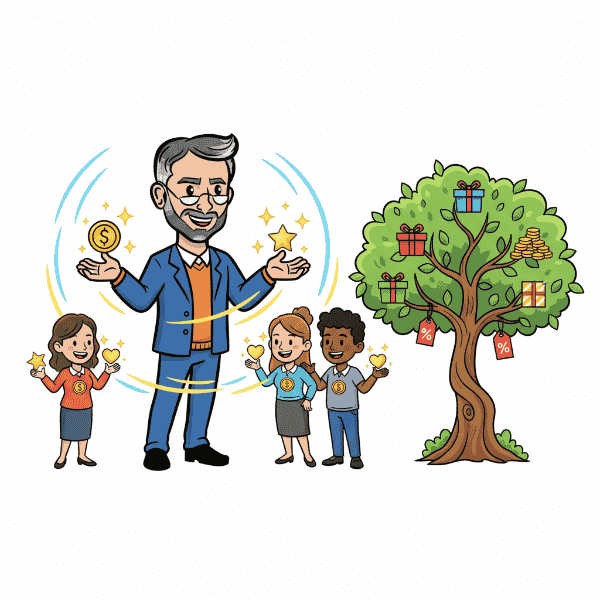Why Customer Retargeting Matters
Definition: Customer retargeting is a powerful marketing tactic that allows businesses to re-engage users who have previously interacted with their brand but haven’t yet converted. Rather than letting potential customers slip away, customer retargeting keeps your brand top-of-mind by serving tailored ads across platforms based on prior behaviors and interests.
For startups and growing businesses, customer retargeting is one of the most cost-effective ways to maximize ROI. Instead of constantly chasing new leads, businesses can tap into warm audiences that have already shown interest, making every marketing dollar work harder.
Use It In A Sentence: We’re using customer retargeting to re-engage visitors who looked at products but didn’t complete their purchase.
Benefits of Effective Customer Retargeting

- Higher Conversion Rates: Retargeted users are more familiar with your brand and closer to making a purchase, which leads to higher conversion percentages compared to cold traffic.
- Reduced Customer Acquisition Costs: Since you’re marketing to users who’ve already engaged, customer retargeting typically lowers acquisition costs and improves overall campaign efficiency.
- Personalized User Experience: By leveraging browsing history, abandoned carts, and previous interactions, you can serve ads that feel relevant and timely, increasing the likelihood of conversion.
- Brand Recall & Trust Building: Repeated exposure helps solidify your brand in the customer’s mind, making it more likely they’ll return when ready to buy.
- Recovery of Lost Revenue: Retargeting is especially effective at recapturing abandoned carts or incomplete sign-ups, turning lost opportunities into actual sales.
Key Elements of Customer Retargeting
- Audience Segmentation: Break down your audience based on behavior — page visits, time on site, product views, or abandoned carts — to create highly targeted retargeting lists.
- Platform Integration: Utilize multiple ad platforms such as Google Display Network, Facebook Ads, LinkedIn, and programmatic networks to reach your audience wherever they spend time online.
- Dynamic Creative: Tailor ad creatives to match user intent. For example, show abandoned cart items, recently viewed products, or time-sensitive offers to re-capture attention.
- Frequency Control: Manage how often users see retargeting ads to avoid fatigue and ensure your brand remains helpful rather than intrusive.
- Sequential Messaging: Build multi-step retargeting sequences that nurture users through the funnel—moving them from awareness to decision with progressively stronger calls-to-action.
- Data-Driven Optimization: Continually analyze performance metrics such as click-through rates, conversion rates, and return on ad spend (ROAS) to refine your customer retargeting efforts for maximum effectiveness.
More Definitions
(From the Sales & Marketing Jargon Encyclopedia)
- Customer Onboarding: Process of guiding new customers through the initial steps of using a product or service, ensuring they understand its value and how to get started effectively.
Read More> - Link Juice: The SEO value or authority passed through hyperlinks to boost search rankings.
Read More> - Customer Care Marketing: A strategy that focuses on building long-term relationships by providing exceptional support, personalized communication, and added value throughout the customer journey.
Read More> - Organic Search: Website traffic earned through unpaid search engine rankings.
Read More>
Useful Posts
(From the Sales Funnel Professor Blog)
- Top of Funnel: Organic Social Strategies: Learn how to build brand awareness using unpaid social media content and outreach.
Read More> - SEO Top of Funnel Strategies: Dive into organic tactics that increase visibility at the awareness stage without a paid budget.
Read More> - How to Find Low-Hanging Fruit in Sales & Marketing: Discover practical ways to identify quick wins and easy-to-implement strategies that don’t require a big spend.
Read More>



